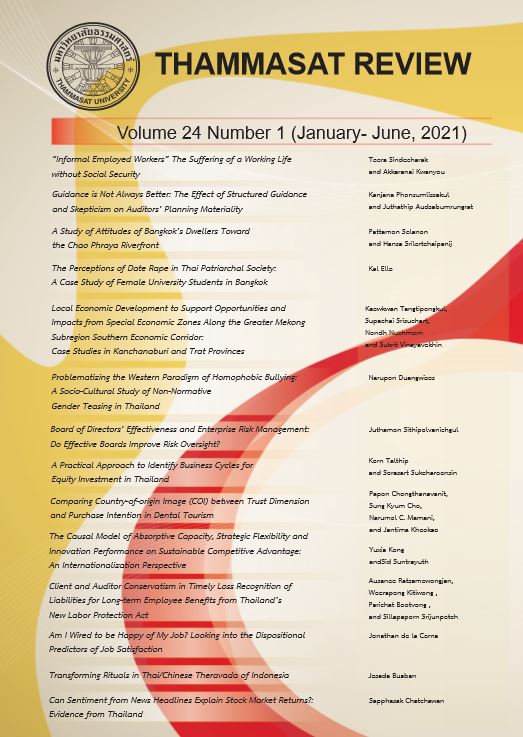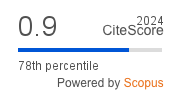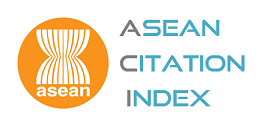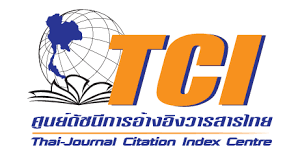The Causal Model of Absorptive Capacity, Strategic Flexibility and Innovation Performance on Sustainable Competitive Advantage: An Internationalization Perspective
Keywords:
Absorptive Capacity, Strategic Flexibility, Innovation Performance, Sustainable Competitive Advantage, InternationalizationAbstract
Many scholars have focused on absorptive capacity in recent years, mainly around the technology spillover effect of investment from developed countries to developing countries. However, there is a lack of theoretical exploration and guidance on the use of absorptive capacity by emerging economies firms (EEFs). This study aims to explore the mechanism and the effect of absorptive capacity on sustainable competitive advantage, noting the mediating roles of strategic flexibility and innovation performance, as well as the moderating roles of environmental uncertainty. Applying the structural equation model using SPSS Amos 23, 404 Chinese overseas firms as a sample, the study found that potential absorptive capacity has a significant and positive effect on sustainable competitive advantage, however, realized absorptive capacity does not; as mediators, strategic flexibility and innovation performance can influence the impact of absorptive capacity on sustainable competitive advantage; as a moderator, environmental uncertainty play a significant but negative effect in the casual model; in six control variables, only “industry” and “R&D intensity” have significant effects on sustainable competitive advantage. The results verify the mechanism of absorptive capacity on sustainable competitive advantages, providing new theoretical basis for EEFs, expanding the application areas of absorptive capacity while enriching the connotation of internationalization theory.
Downloads
Published
How to Cite
Issue
Section
License
The opinions and ideas expressed in all submissions published in Thammasat Review are solely that of the author(s) and do not necessarily reflect that of the editors or the editorial board.
The copyright of all articles including all written content and illustrations belong to Thammasat Review. Any individuals or organisation wishing to publish, reproduce and distribute a particular manuscript must seek permission from the journal first.








